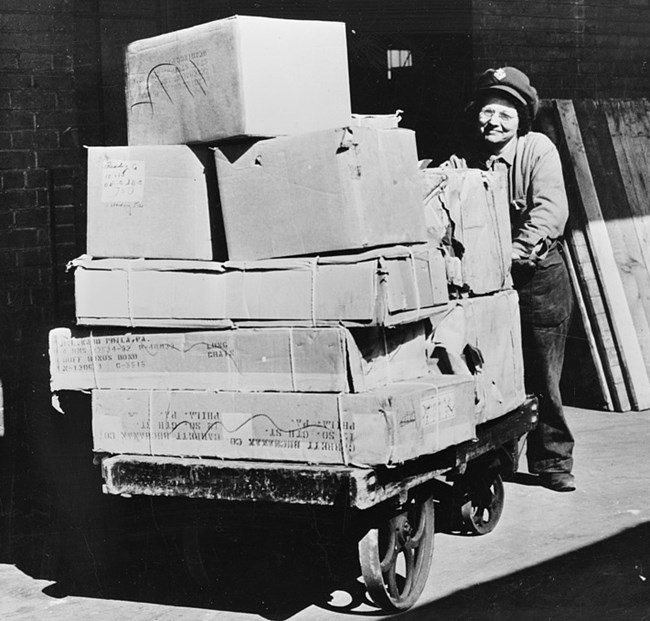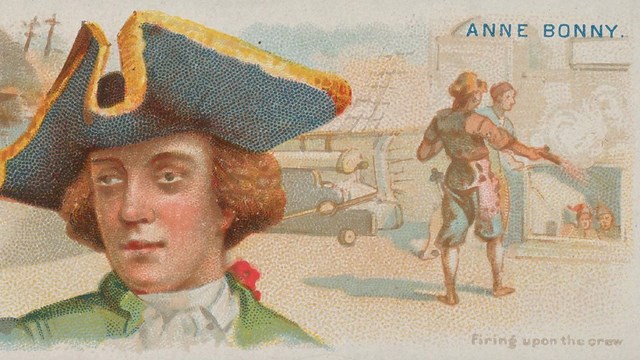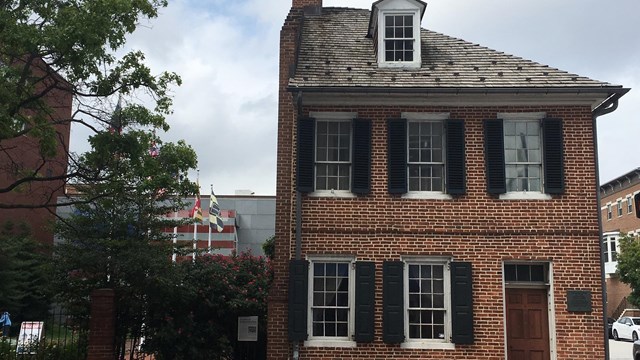
Library of Congress, https://www.loc.gov/item/2017872112/.
Throughout the nation’s history, women in America have played a major role in shaping the economy. Societal expectations shaped the way both women and men participated in the economic life of the country. Middle and upper class social norms of the 18th and 19th century reinforced the idea that white women should not work outside the home. Poor white women, immigrant women, and women of color, however, often had to work outside the home to support themselves and their families.
Many women fled the bondage of slavery. Some, like Harriet Tubman and Harriet Jacobs, continued to fight slavery even after escaping. Others participated in the industrial revolution of the mid-1800s, which shifted jobs from the farm to the factory. The invention of machines made production faster and cheaper. Some of their stories can be seen at Lowell National Historical Park in Massachusetts, which represents both the lives of workers and technological innovations. Other women, like Madam C.J. Walker and Maggie Walker, defied expectations and became successful entrepreneurs and businesswomen, despite racial and gender discrimination.
The 20th century and new legislation, such as the 19th Amendment in 1920, opened new doors for women in the workforce. Recognizing the voting rights of women, the 19th Amendment inspired many women to run for political offices. Women continued to make up a larger percentage of the workforce and have a greater presence in public life over the course of the 20th century.

Nathan and Mary Johnson were free African Americans living in New Bedford, MA. They owned a block of properties and ran several businesses.

Several women from the Americas became pirates, capturing ships and plundering loot.

Discover the Baltimore home where Mary Pickersgill, her family, and an African American woman sewed the Star-Spangled Banner.
Last updated: August 27, 2019
